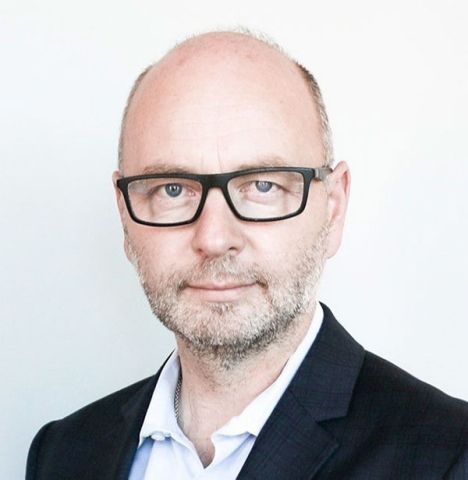Filter by content type:
Filter by date:
As local communities assess and adjust to the needs of the world community—and as many schools shift from in-person to virtual classrooms—IWitness and its standards-aligned resources are ready to help educators and parents support students learning.
The National Association for Armenian Studies and Research (NAASR) will feature full access to the public of the USC Shoah Foundation’s Visual History Archive (VHA) of over 54,000 testimonies. One of the world’s leading Armenian Studies centers, NAASR advances education and scholarship through supporting and connecting scholars globally and providing outstanding programming to the general public. NAASR plans to conduct outreach with schools, colleges, libraries, and other institutions in order to spread awareness about the availability of the VHA at NAASR’s headquarters.
As a postdoctoral research fellow at the USC Shoah Foundation Center for Advanced Genocide Research in the 2019-2020 academic year, I carried out a research project focusing on the long-term impact of Hamidian Massacres of 1894-97 and the experiences of genocide survivors with regards to extortion, plunder, and robbery during the genocide of 1915. Since 2008, I have been working on socio-economic aspects of the genocide and of the deterioration of relations among different communities.
Featuring testimony clips and a conversation with special guests highlighting the interviewer experience moderated by Stephen D. Smith, PhD
 |
USC Shoah Foundation is saddened to learn of the recent passing of Sol Gringlas, who survived both the Nordhausen and Auschwitz concentration camps.
Sol passed away in May of 2020. He was 100.
Born on August 22, 1919 in Ostrowiec, Poland, Sol lived in an apartment with his parents, four brothers and a sister. His parents worked together in a local shop selling shoes. He grew up in an observant household that had Friday night dinners, lit Sabbath candles, attended Shul and prayed together.
Pagination
- Previous page
- Page 13